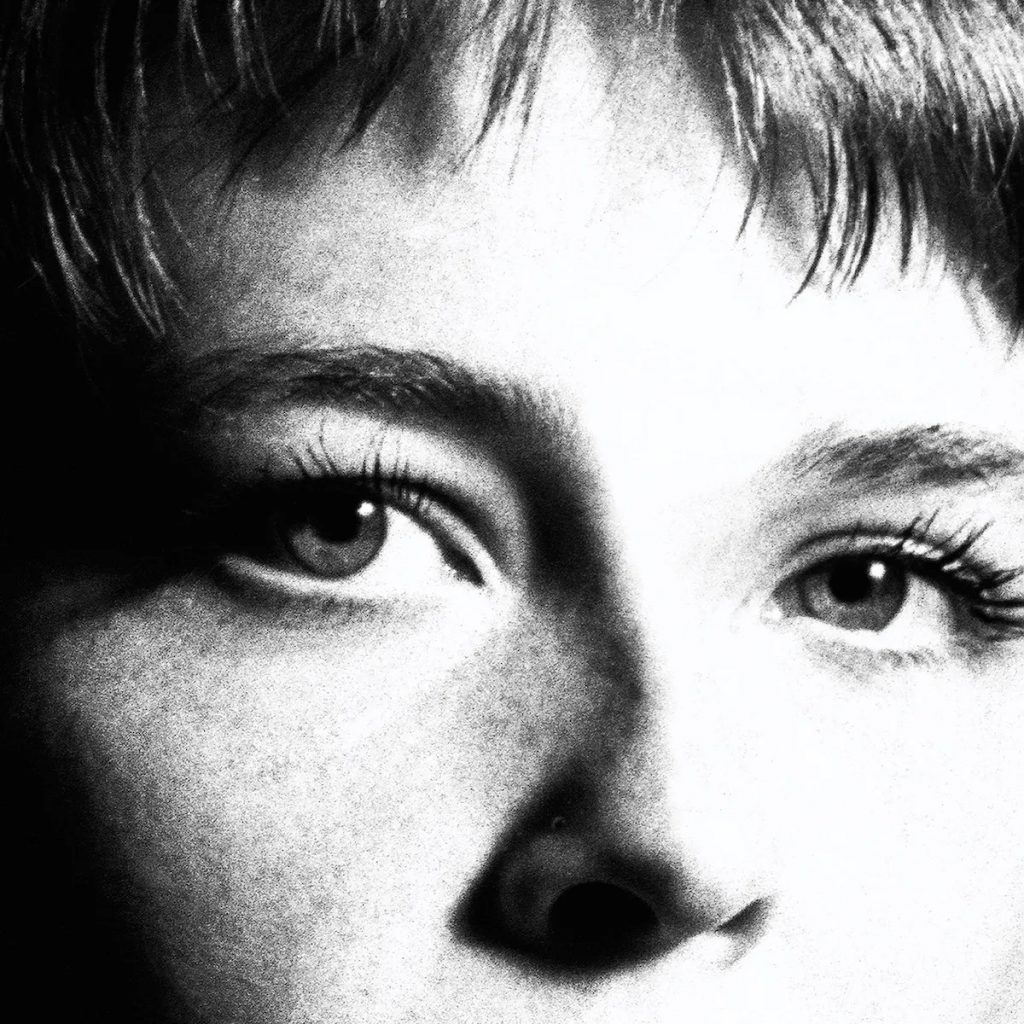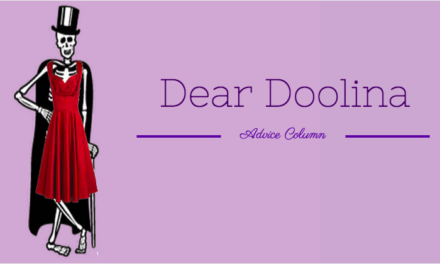“When I’m angry, or in love, I feel it in my teeth,” Maggie Rogers said in the trailer for her newest album, “Surrender.”
Rogers’ original poem plays over enthralling visuals, including a cityscape, human teeth and self-portraits, with a color palette alternating between neon and monochrome. Momentum and excitement build against a soundscape of electric guitars and sonic distortions. “Do you ever want to bite?/And what if you did?” Rogers gives us permission to feel our feelings with abandon.
“Surrender,” released July 29 and co-produced with Kid Harpoon, is Rogers’ declaration of self and search toward understanding that self. Rogers longs fiercely: for freedom in “Horses,” for love to last in “Anywhere with you” and for peace in “A Different Kind of World.” She doesn’t have the answers, but she’s unpacking all the clues.

Courtesy of Capitol Records.
Throughout the album, Rogers frequently references teeth. They replace eyes as windows to the soul, offering pockets of truth amid the self-revelations and external chaos that explode through the album. In her song “Want Want,” they stand for desire: “But I didn’t want to admit/That when we’re cheek-to-cheek/I feel it in my teeth.” In “Shatter,” a track influenced by 80’s synth, they stand for truth: “I see it in your teeth again/There’s a tightness when you’re smiling.” This line sets off the back and forth narrative between Rogers’ external desires – “The world’s the same, but something’s changing” — and Rogers’ internal desire to not think, but feel —“I could break a glass just to watch it shatter.” The song calls for holding onto moments of joy even during turbulent times, embodying Rogers’ description of the album as “joy with teeth.”
Duality — joy and anger — seeps through the album. Rogers views these emotions as “two sides of the same coin,” considering “the idea of joy as a form of rebellion.”
Rogers contemplates shifting relationships, love and self-growth in “Surrender.”An electropop, alt-rock, 80’s synth, dance-music-infused thunderstorm, this album challenges you to embrace emotion, no matter how difficult. This musical composition differs from those of her 2019 debut album “Heard in a Past Life,” which stuck to electro/indie pop with a folk heart and seemed to hold back vocally at times. In “Surrender,” Roger uses her impressive vocal range to take listeners to new emotional depths.
Although experimental, each aspect — vocals, production and lyrics — is carved out with intention. In her song “Symphony,” the music floats around the hushed vocals; “take a breath,” she repeats, like a chant. Rogers explained that she is “trying to reach someone who has a deep internal world” with this song. Her lyricism further shines on “Begging for Rain,” with lyrics like “You work all day to find religion/And end up standing in your kitchen/Wondering about the way it’s always been.” Rogers takes us into a moment that is intimate and universal at once; a contemplation on our collective quest to find meaning. She reminds us that we’re not alone, and then encourages us to release it all— “I feel it all and I can’t stop it/Wish that I could turn my faucet loose.”
The “searching” and intention that seems to encompass so much of “Surrender” may be inspired by her time at Harvard Divinity School, where she studied the spirituality of public gatherings and the ethics of power in pop culture. Working on her album alongside her master’s degree, Rogers went in with questions about the artist’s responsibility in bringing people together and using music for peace. She said that considered how “people are moving further and further away from traditional religion, but yet are seeking to be connected to both something bigger than oneself and to each other,” during this time period.
This feeling of unity is created by the energetic music– built to capture the physicality of “being at a festival,” as Rogers described. In moments of unrestrained belts supported by thundering drums and guitar, Rogers is electric. Rogers’ music has always been about the physical release, and much of the catharsis takes place through jumping, moving and screaming the lyrics alongside strangers.
“That’s Where I Am” best highlights this feeling, conjuring a rock ‘n’ roll coming-of-age story in a chaotic city. Claps punctuate the beginning and dramatic percussion and synth power through the song. Similarly, although “Anywhere With You” opens with soft piano, it gradually swells to the same level of urgency. The narrative matches the sonic movement; the first verse is contemplative and observational, but once Rogers is on the road, “Cruising 95 like we got nothing to lose,” loud drums mark the shift into a passionate bridge.
In “Horses,” Rogers offers us her view of freedom. It is a powerful, one-take ballad about taking back your power and honoring your truth. “It’s not worth it if I can’t touch the ground,” Rogers sings, as she chooses herself, thunder over static, visceral over dull. In the music video, she dances with full-bodied abandon and closed eyes. Still, Rogers is conflicted for much of the song; she asks her lover, “Would you come with me or would you resist?” In the end, there is a clear and celebratory shift from “I see horses, and I wish there was a way,” to the finality in “I see horses, and I know there’s a way.”
The album is sequenced purposefully. While the first few tracks hover panoramically, just out of reach, lyrics become increasingly vulnerable after “Anywhere With You” and Rogers begins to pull back by “Honey.” By the last track, the hopeful, “Different Kind of World,” Rogers announces her transformation, “I’m a different kind of girl/When we’re riding all together.”
It is a quiet finish to a fast-paced album and left me longing for a more explosive closure. Instead, the catharsis still lingers, perhaps easing its way into our internal worlds.
Mitali Singh (she/her) (25C) is studying English, creative writing and psychology. Her poems have been published in Eunoia Review and FEED.
She feels most inspired while spending time outdoors and loves immersing herself in different forms of art.







